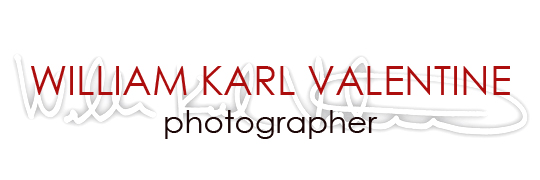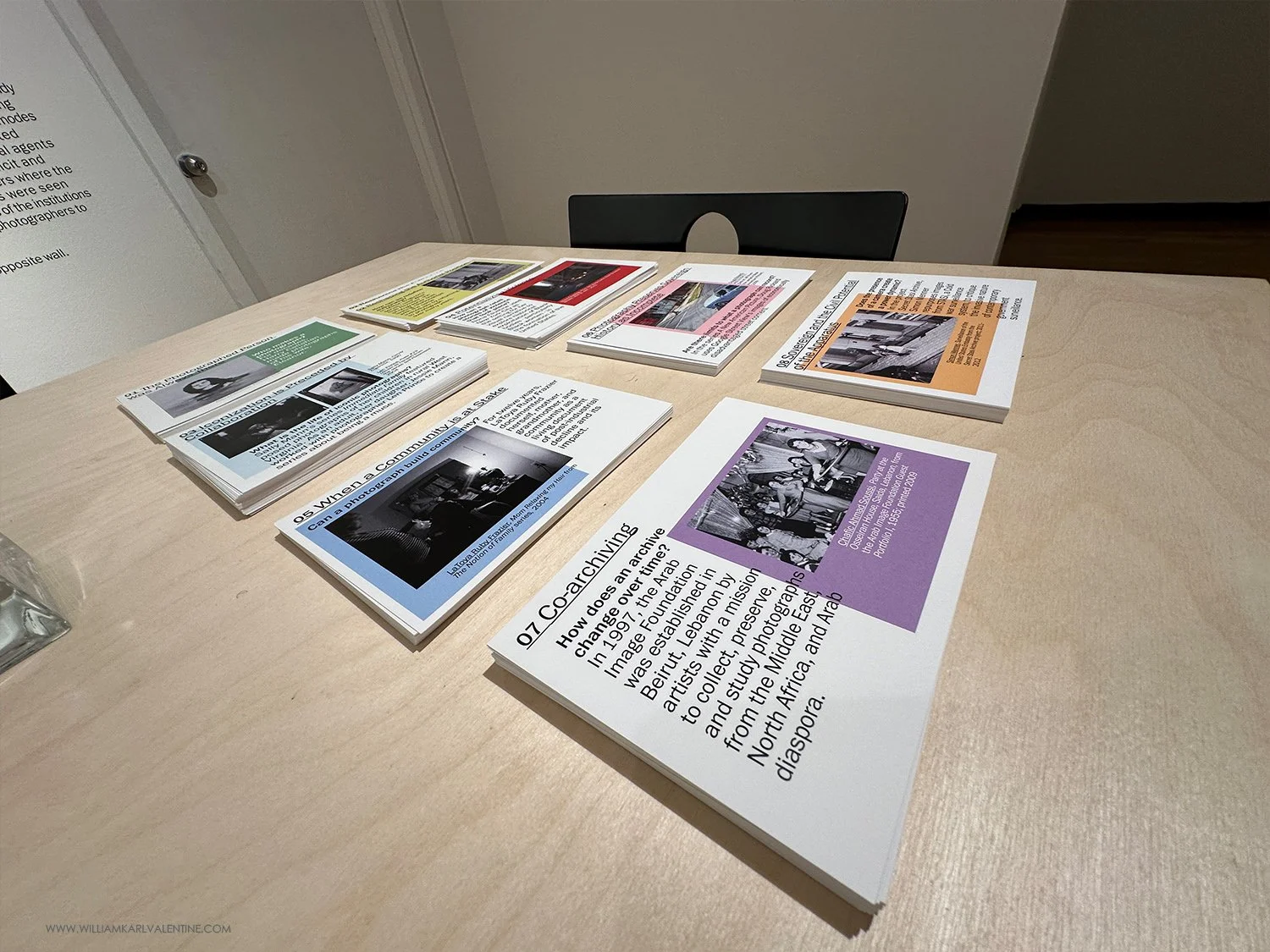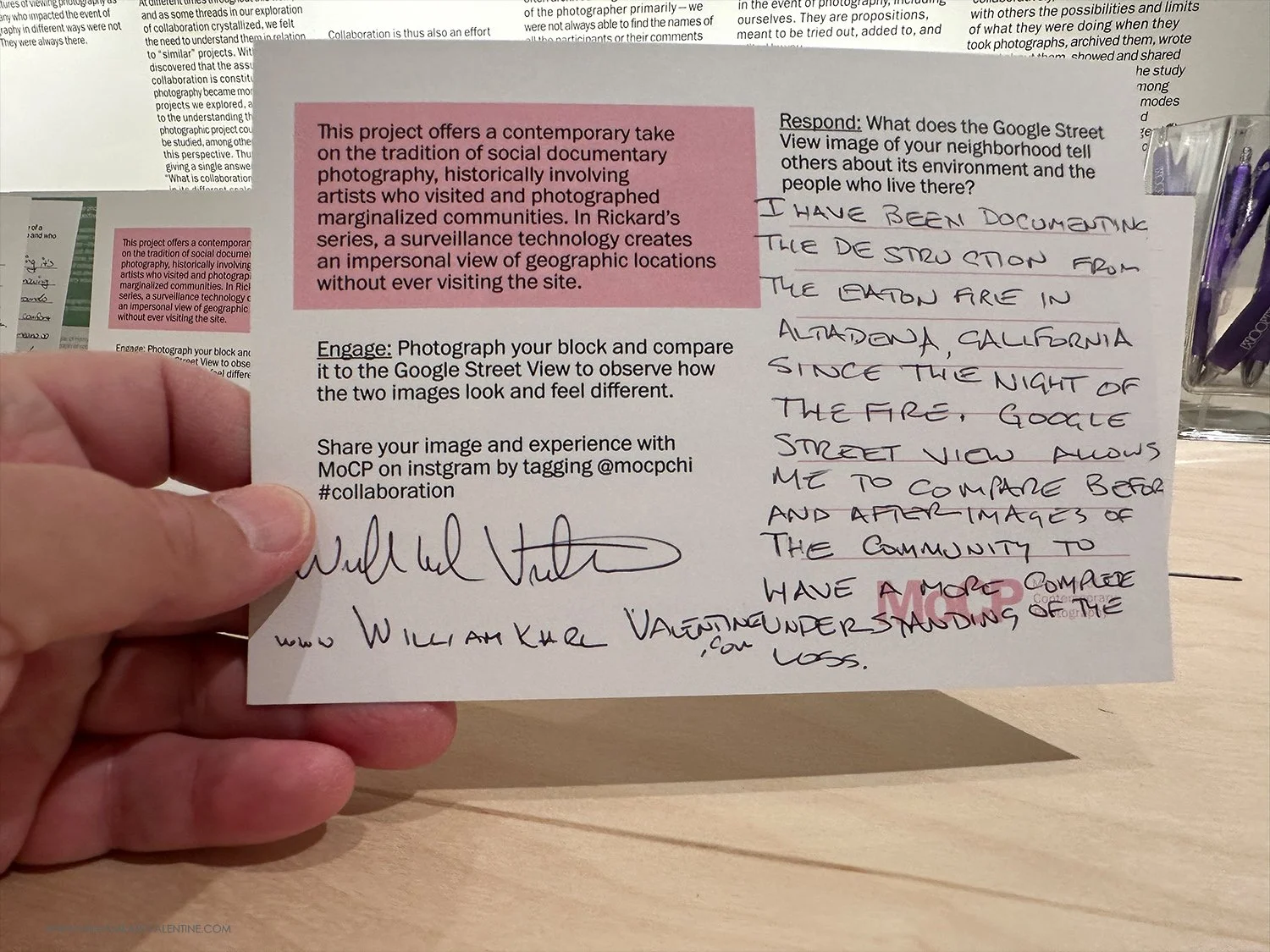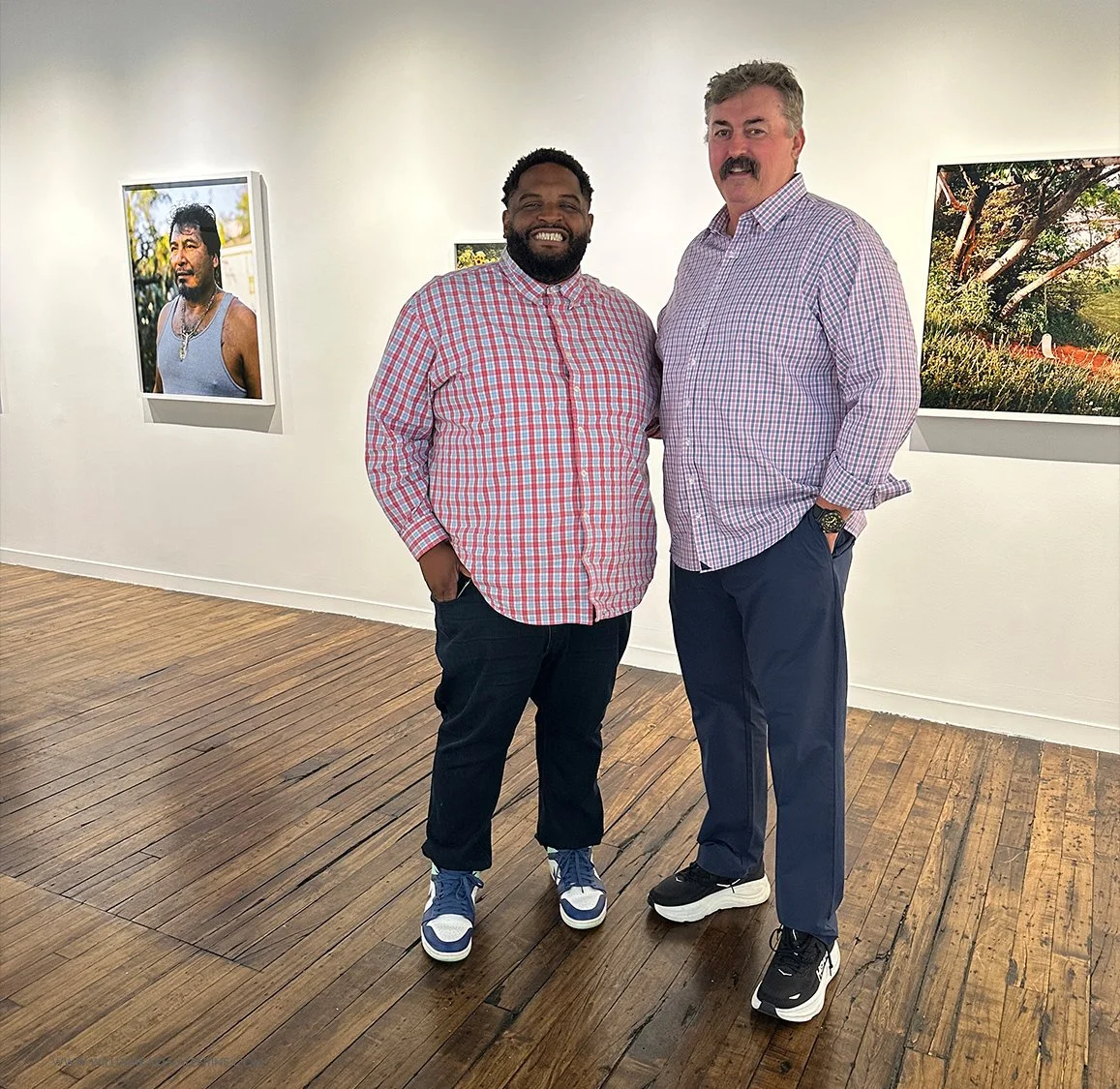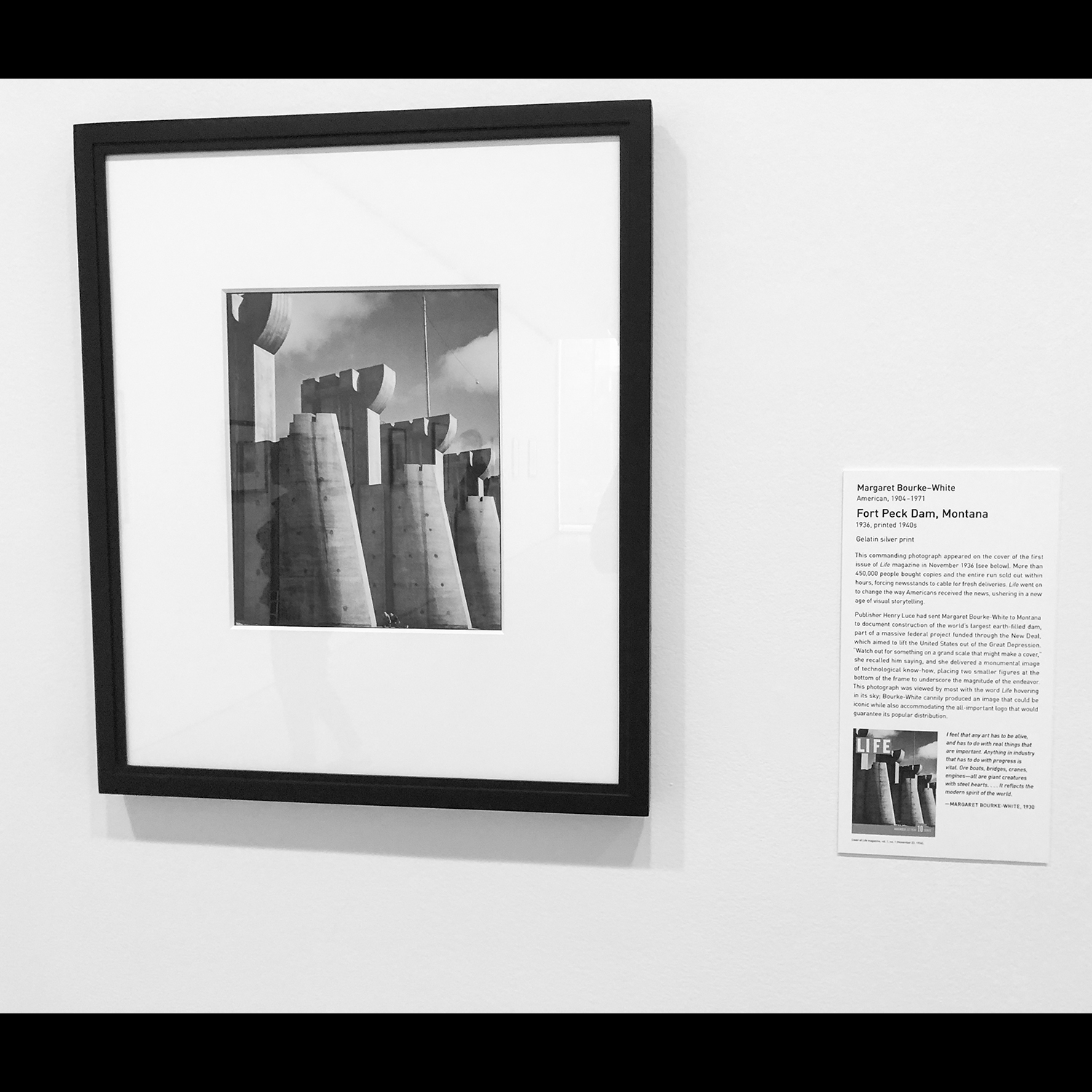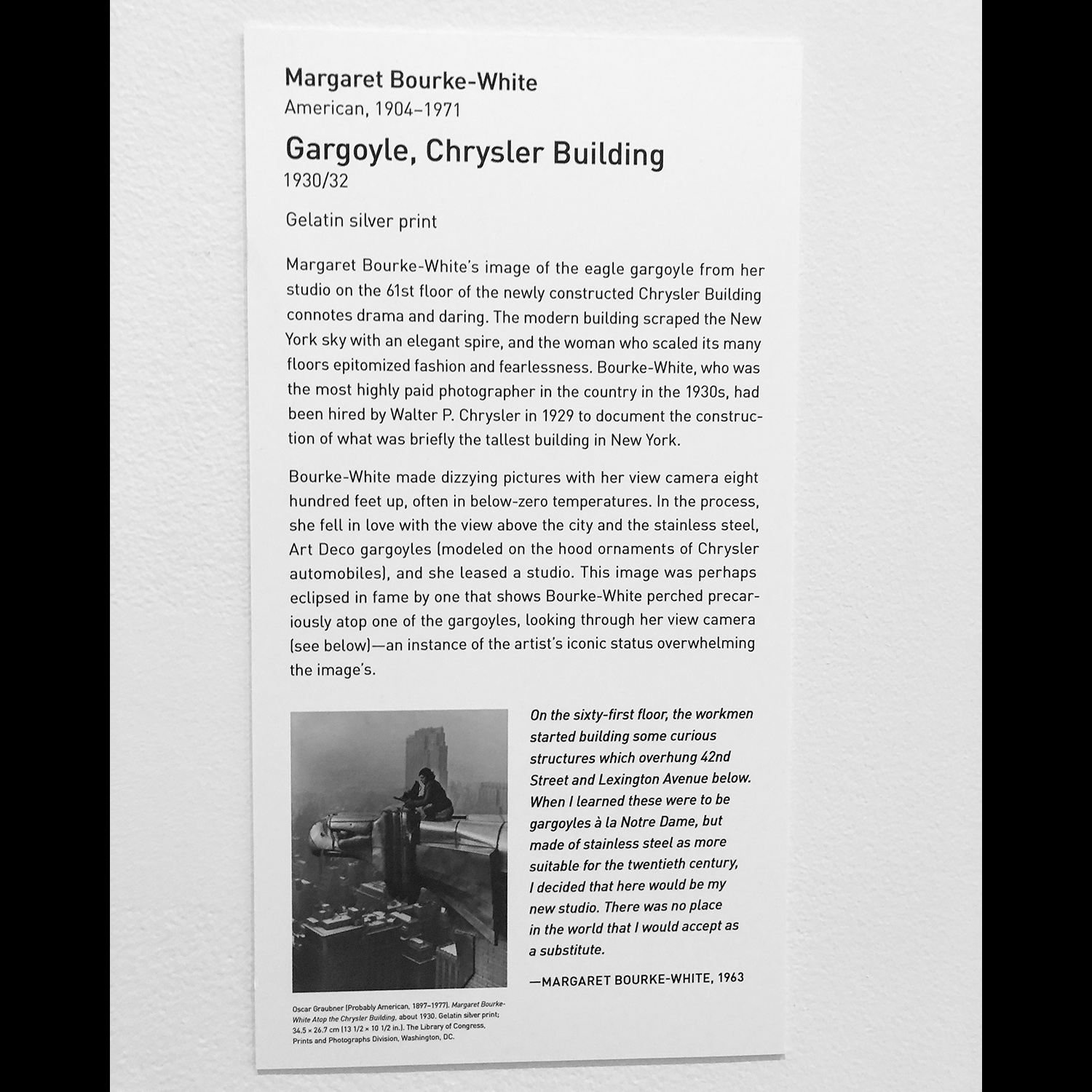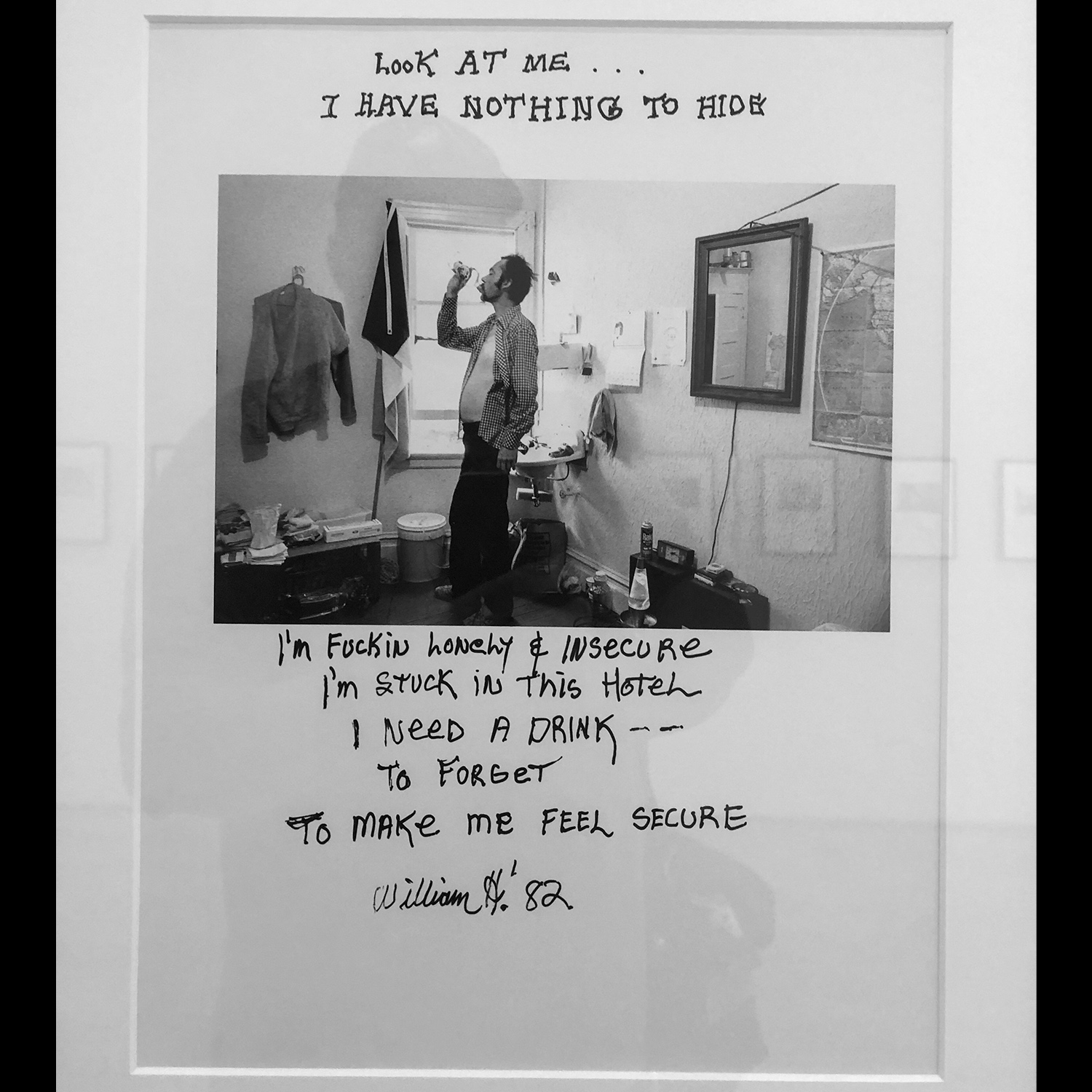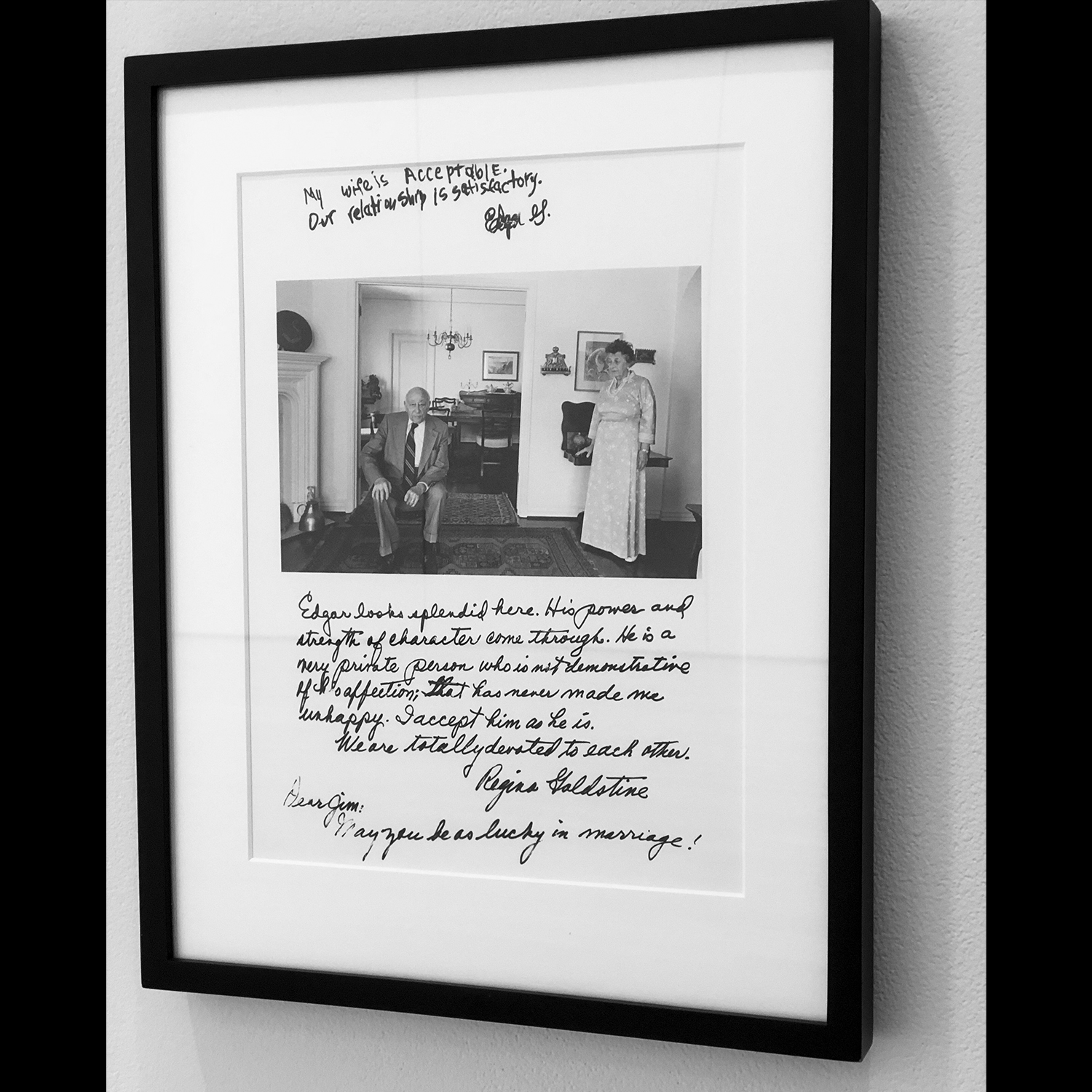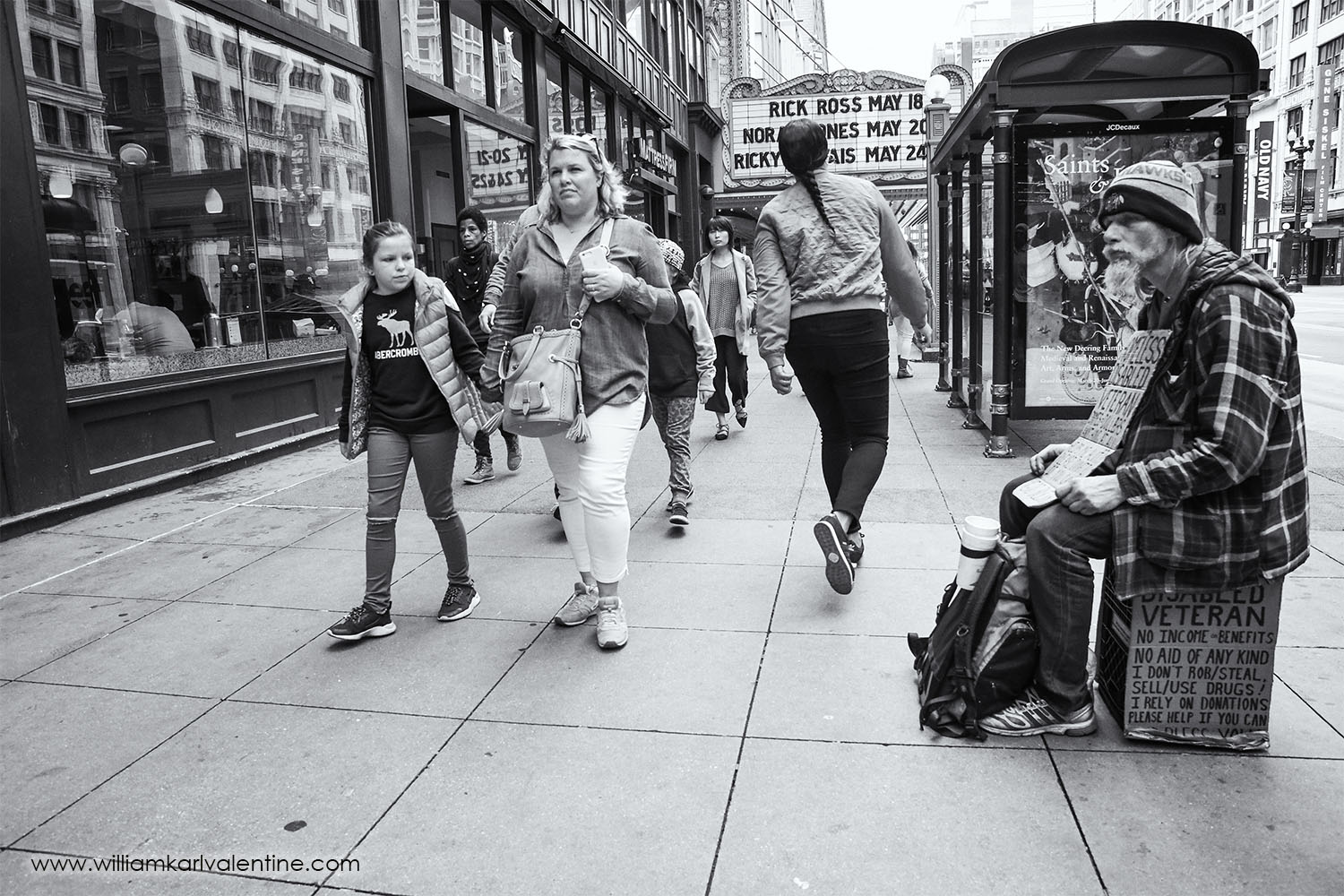I have spent the majority of 2025 focused on my Eaton Fire Portfolio. I have said it in other posts how documenting the devastation in Altadena is unlike anything else I have experienced. The process is so different from what I am used to and it’s so methodical. Because everything was static after the fire you might think it was easier but since I am revisiting the area so often, I have a better understanding of the loss and the weight of the grief up there. It might seem static up there, but it is equally intense. So, it was very good to get to Chicago again in July and get back to photographing the street which is such a different process.
We stayed at The Gwen hotel and the first day I was in Chicago I saw the image above when we left the hotel and were walking across the street to eat at Joe’s. I had not walked more than 50 yards even when I saw this mom with the stroller and the cellphone. What was unique is I saw this image coming for a long way and had plenty of time to think about my framing. Usually, I see an image and react to it on the street, but I had so much time with this image I was actually thankful for it before I made the exposure. It felt like a sign of confirmation I was doing what I was supposed to be doing.
I have photographed in Chicago a lot since my first visit in 1987. The city is fantastic, and I think it has some of the best light in the world to photograph usually. The next four image are examples of that light. Since the city is somewhat spacious not only does light come in more but also allows you to move easier to frame images. I also have an interest in seeing people photograph with cellphones and that is here too.
Every visit I have spent some time on Michigan Avenue photographing. The images seem to document our society well and they are different that New York or San Francisco. There have always been a few people on Michigan Avenue panhandling, some I would see in the same spot year after year. I noticed the influx of South American migrants in March of 2024 near the civic center but not on Michigan Avenue, this year they were also up on Michigan Avenue.
It was awesome to get back to Wrigley Field. My last time there was opening day in 2017, before the Ivy had come back, so it was extra nice to see the Ivy. I took my first nighttime architecture cruise which was perfect in July since the sun was just setting. The architecture in Chicago is the best North America. My daughter went to grad school at Northwestern and stayed in Chicago after she graduated. She now lives in the West Loop so that is helping me explore even more areas of the city.
I have photographed in museums for years, and I actually have a solid portfolio of images which I intend to publish as a book one day. The Art Institute is an amazing space, I always get something there, it is rich with images of people photographing masterpiece paintings with cellphone cameras. The wedding photographer was something unique I had not seen before, but the highlight image was the one of my kids looking at a blank wall like it was an art piece. I don’t know if it was Alyssa or Brent’s idea because I just turned and saw them and knew exactly what they were doing. I am so thankful I got that image, says a lot about their relationship. What made it even better is a few people migrated over there to check out the artwork they were admiring. Art needs to be fun sometimes, so does life.
My daughter’s friend works at Salesforce and this year she took us up to their building’s observation decks and employee lounge. The building is at the “T” of the Chicago River so it allowed me a different view of the city, it was hazier than I would have liked but still a great experience.
A lot of people complain about O’Hare Airport, and I get it, I ended up in the “Penalty Box” for a half hour going in on this trip (stuck on the plane parked waiting for a gate to open) and have done that before, but I still like the airport for some reason. Probably because I have so many great memories of Chicago. I still think the walkway between the terminals is cool and I have my food spots. The open glass design of the terminals also makes photographing in there easier (Homage to Garry Winogrand).
CHI DSC 3588 7-21-25 ©2025 WILLIAM KARL VALENTINE
